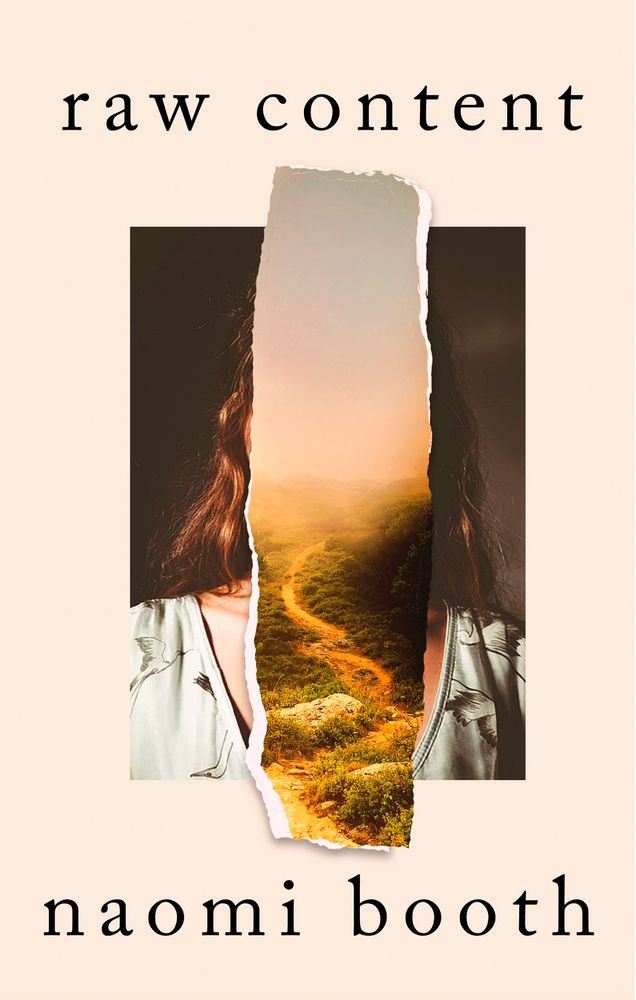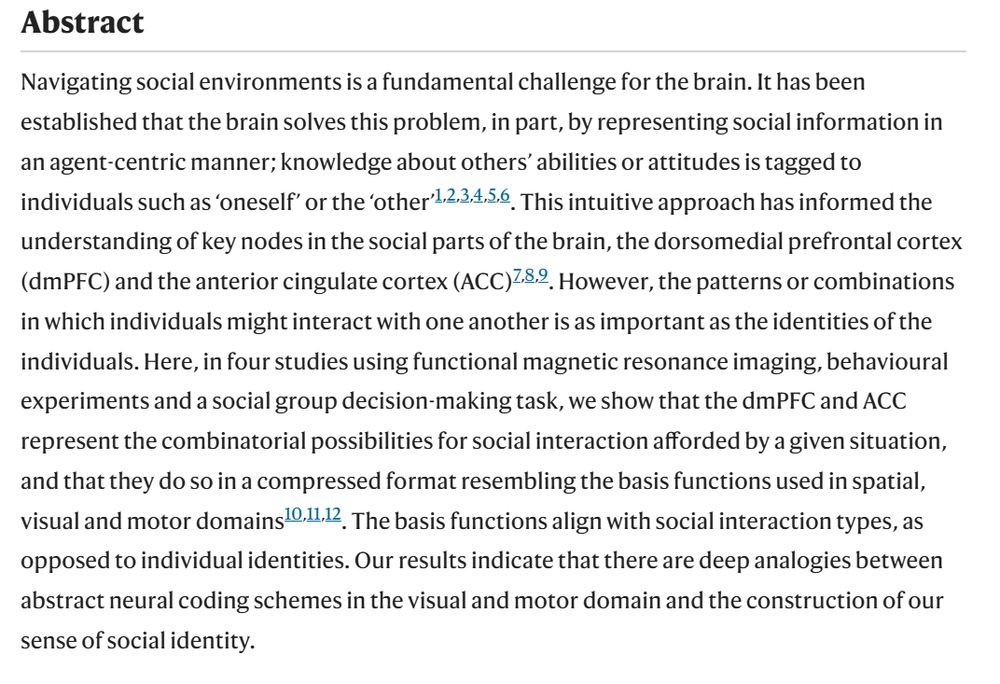Haemy Lee Masson
@hleemasson.bsky.social
1.1K followers
210 following
70 posts
Immigrant & Social cognitive neuroscientist studying social touch perception in autism and mental health, neuroimaging methods, and naturalistic social vision. Asst Prof. at Durham University, UK
Posts
Media
Videos
Starter Packs
Pinned
Haemy Lee Masson
@hleemasson.bsky.social
· Feb 18
Reposted by Haemy Lee Masson
Reposted by Haemy Lee Masson
Haemy Lee Masson
@hleemasson.bsky.social
· Aug 11
Reposted by Haemy Lee Masson
Xavier Job
@xavierjob.bsky.social
· Jul 31

Motor prediction reduces beta-band power and enhances cerebellar-somatosensory connectivity before self-touch to enable its attenuation
Prevailing theories suggest that the brain uses an internal forward model to predict tactile input during voluntary movements, thereby reducing the intensity of the reafferent tactile sensation, a phe...
www.biorxiv.org
Haemy Lee Masson
@hleemasson.bsky.social
· Jul 18
Reposted by Haemy Lee Masson
Reposted by Haemy Lee Masson
Haemy Lee Masson
@hleemasson.bsky.social
· Jun 26
Haemy Lee Masson
@hleemasson.bsky.social
· Jun 26
Reposted by Haemy Lee Masson
Reposted by Haemy Lee Masson
Reposted by Haemy Lee Masson
Rebecca Saxe
@rebeccasaxe.bsky.social
· May 15
Reposted by Haemy Lee Masson
Reposted by Haemy Lee Masson
Haemy Lee Masson
@hleemasson.bsky.social
· Feb 26
Haemy Lee Masson
@hleemasson.bsky.social
· Feb 18




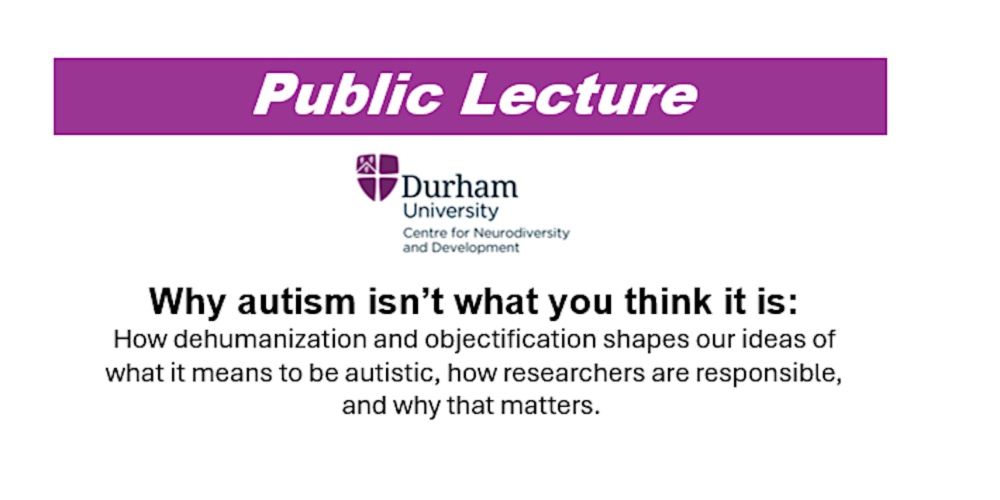
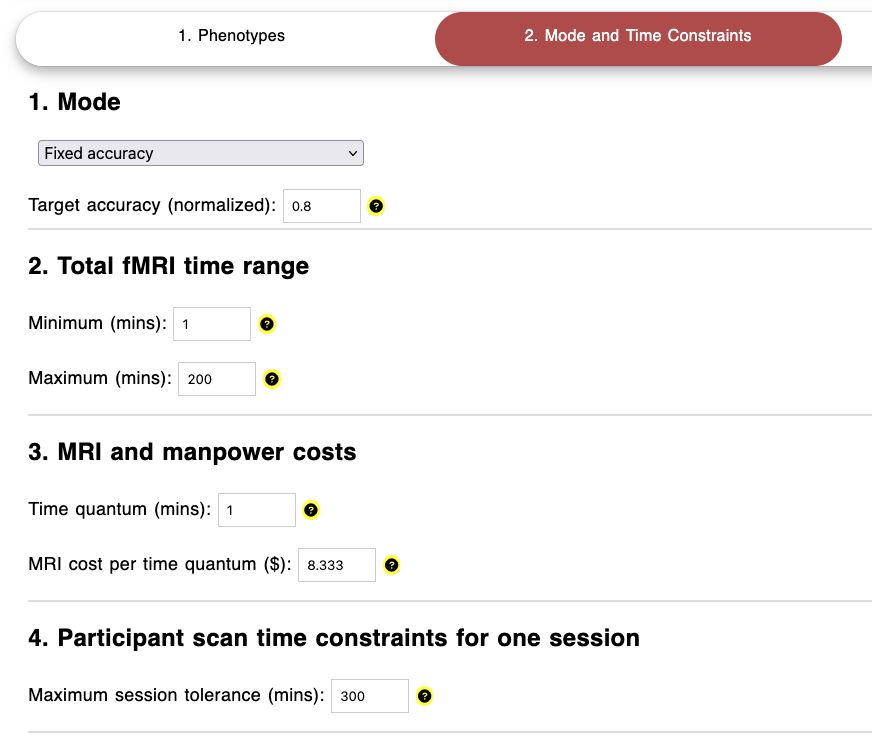
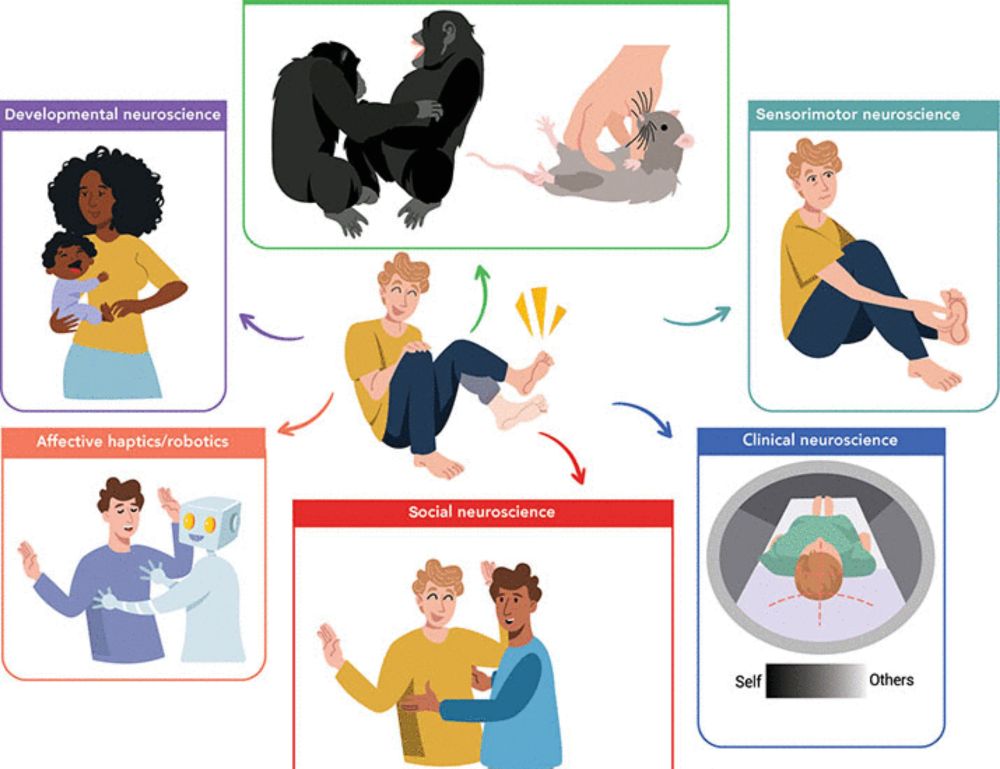
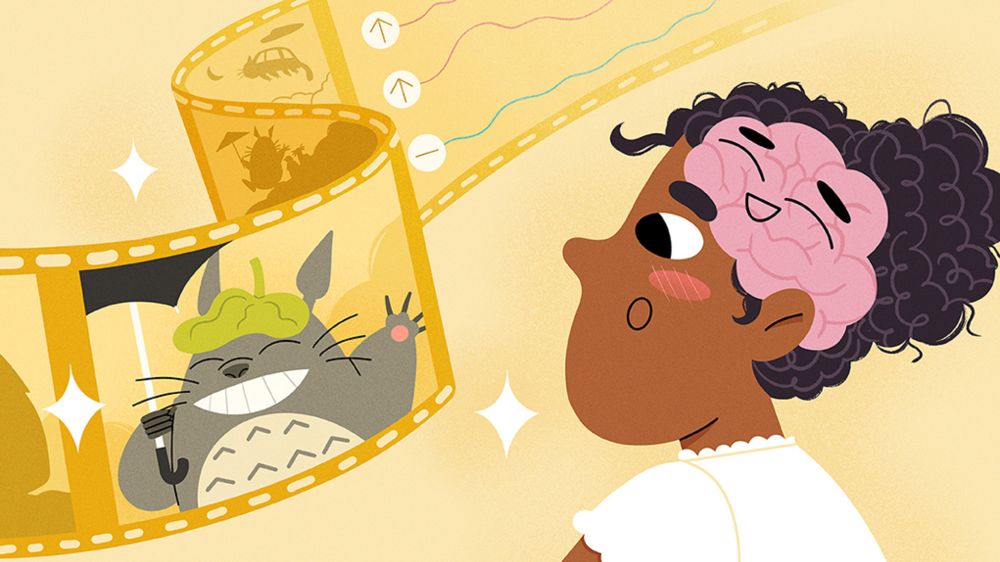
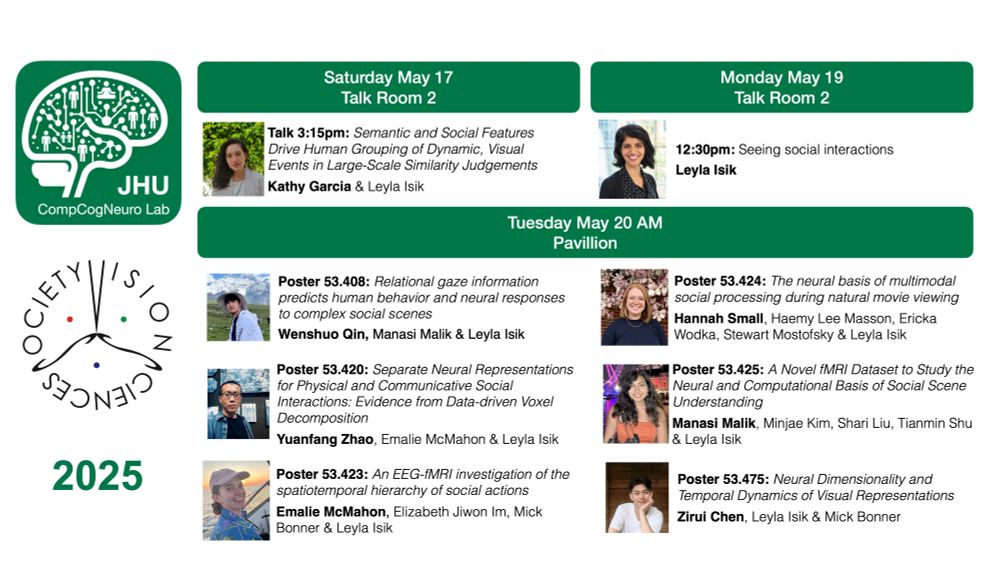


![a, Pipeline for generating PLM embeddings. The query (dashed box) was formulated as ‘[DESC] The most salient feature of the relationship [TERM] is [MASK]’, where the [DESC] component was generated by GPT-4 and the [TERM] component was replaced with one of the 258 relationships. The [MASK] component was filled by the PLM with words that are most likely to occur there, given the context. The last layer vector was extracted on the position of [MASK] for each of 258 relationships, resulting in a 258 × 768 matrix. The resemblance of human representations and PLM representations (pretrained on a modern Chinese corpus) was 0.553. b, PCA on modern PLM embeddings. By correlating human ratings on 33 dimensional features with the first seven principal components of PLM embeddings, we found that PLM representations had captured corresponding features of FAVEE structures. c, Correspondence between PCA on human ratings and PCA on modern PLM embeddings (in purple) and ancient PLM embeddings (in green). d, Generalizability of the FAVEE-HPP model in ancient and modern times. RSA correlation on RDMs suggested that the FAVEE dimensions and HPP categories can significantly predict relationship representations in historical and modern times. The box plots indicate RSA correlation distributions at chance level by permutation, and the dashed lines indicate noise ceilings. e, Model comparison analysis suggested that the FAVEE model outperformed 15 other existing theories in predicting ancient and modern PLM embeddings. Broadly, FAVEE was significantly better than any random combination of theoretical features, Ancient–modern differences. Using linear combinations of the five FAVEE components as regressors to predict ancient and modern PLM embeddings, we found substantial changes on ‘formality’ and ‘equality’ for their explained variance in ancient and modern PLM representations, suggesting that these two dimensions may contribute differently to relationship conceptualization across time.](https://cdn.bsky.app/img/feed_thumbnail/plain/did:plc:5teacbkgrgyiydupyz5e7npy/bafkreid3iu7oqhtstub2knrlklm6grpcxtoutbajovpnqpe7ubnqu6wu3m@jpeg)

